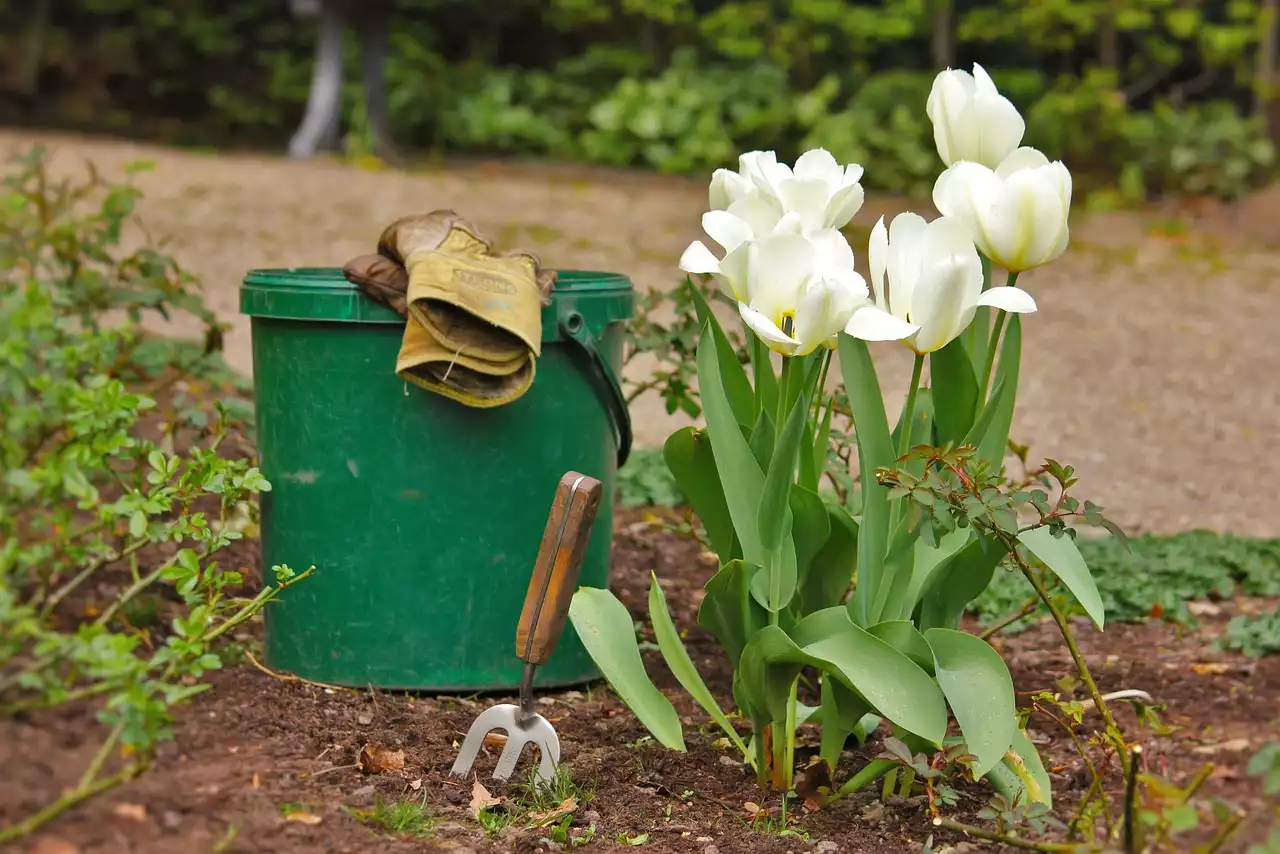What is landscaping?
Landscaping is the art of transforming the space outside your home into a functional and beautiful outdoor living area. Landscaping can be as simple as adding a few potted plants to your deck or it can be as elaborate as installing a custom outdoor kitchen and fire pit. Landscaping is often broken down into two categories: hardscaping and softscaping. Hardscaping is the use of materials such as concrete, stone, or wood to create functional elements for your yard such as walkways, patios, decks, or walls. Softscaping uses plants and other natural materials in your yard to create an aesthetically pleasing environment.
Hardscaping
Hardscaping is the use of materials such as concrete, stone, or wood to create functional or decorative elements for your yard. These elements can be used to create paths, patios, walls, or other structures. Hardscaping is often used to support and enhance softscaping elements. Hardscaping elements can complement your home’s architecture, create boundaries between your yard and neighboring properties, or provide additional space to host and entertain. Hardscaping elements can be incredibly versatile and can be used to create a modern and minimalist design or a more traditional and rustic setting.
Planting
Planting is an essential element of landscaping. Whether you are planting flowers, shrubs, trees, or other plants, you can use landscaping to create visual interest in your yard. When choosing the plants for your outdoor space, it’s important to consider the growing conditions in your yard and the amount of sunlight that area receives. You can also use a variety of ornamental grasses and ground covers to create lush and vibrant outdoor areas. For smaller yards or even patios and decks, you may only need to plant a few shrubs or small trees. Larger properties, or those with challenging growing conditions, may require a more extensive plant selection. You can also consider using edible plants such as berry bushes or fruit trees to create a multipurpose space.
Lighting
Lighting can be used to create a beautiful and inviting atmosphere in your yard. While outdoor lighting should be used sparingly, it can be an incredible addition to your outdoor space. Aside from illuminating walkways and paths, outdoor lights can be used to create interesting and unique outdoor features such as a backlit fountain or a glowing fire pit. When choosing outdoor lighting, keep in mind the functionality of the lights and the look you are trying to create. You want your lights to be bright enough to illuminate walkways and other areas where you may be walking after dark, but you also want them to be aesthetically pleasing.
Irrigation
A beautiful yard is an excellent addition to any home, but caring for plants and flowers can be time-consuming. An attractive and lush landscape will require regular attention and care, including watering. You may be able to get away with watering your yard once a week during the spring and summer months, but in other seasons, such as the fall and winter, you may need to water your yard every day. Significant weather changes can cause plants and flowers to dry out quickly, and without regular watering, they will die. You can reduce the amount of time you spend watering your yard with the installation of an irrigation system. An irrigation system can be easily programmed to turn on and off automatically based on the growing conditions in your yard.
Drainage
An important part of landscaping is drainage. You want your yard to be lush and beautiful, but you also don’t want it to become a swampy mess. When choosing plants for your yard, you should take into account the growing conditions in your yard and the amount of rainfall that area receives. If you live in an area that receives a significant amount of rainfall, you may want to consider plants that are more tolerant of frequent flooding. Additionally, you will want to install drainage in any low-lying areas to avoid water from pooling in these spots. A drainage system can be installed in low-lying areas to divert water away from these spots and minimize flooding.
Benefits of Landscaping
Landscaping provides several benefits for homeowners. A well-designed and maintained landscaping can increase the value of your home. A beautiful outdoor space can be an excellent addition to any real estate listing. Landscaping offers an excellent opportunity to exercise. Creating an outdoor fitness area can be a great way to enjoy the benefits of working out while also taking advantage of your beautiful yard. Improved landscaping can reduce noise from neighbors and traffic. Landscaping can help reduce noise from traffic and your neighbors by creating sound barriers and providing a barrier between you and the sounds around you.
Design considerations
When designing your landscaping, you should take into account the architecture of your home and the look you are trying to achieve. Your landscaping should be consistent with the style of your home and should fit in with the overall look of your property. You should also consider the growing conditions in your yard and the amount of sunlight that area receives. When choosing plants for your landscaping, you should select plants that are well-suited to your growing conditions and that require minimal maintenance.









